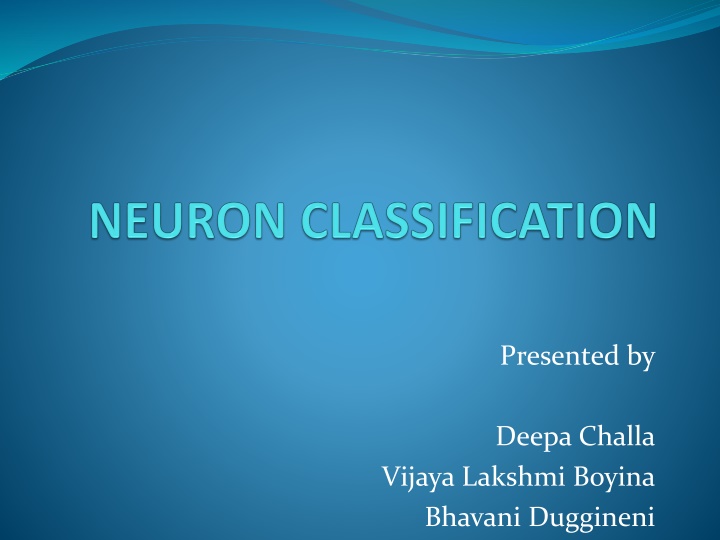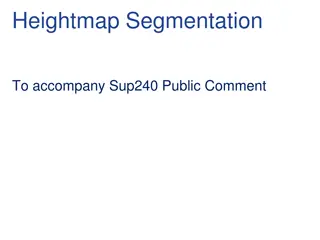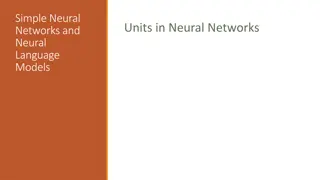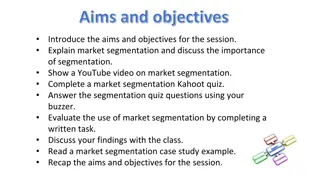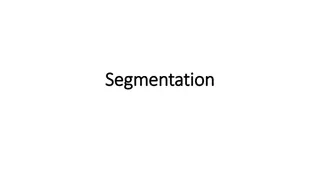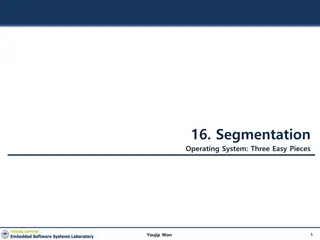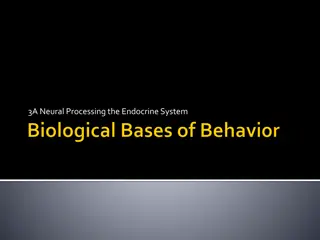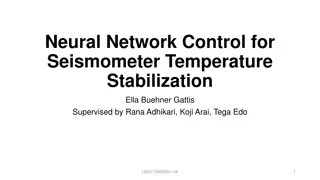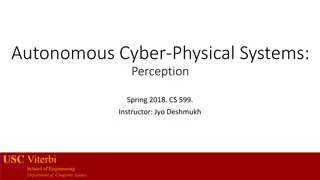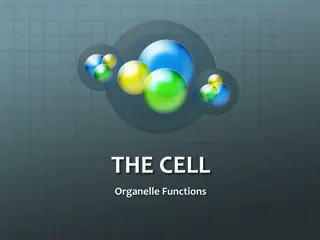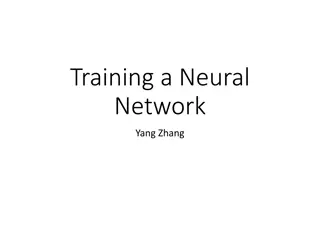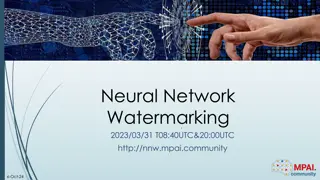Neural Network Techniques for Cell Segmentation
Neurons can be classified based on direction of travel, neurotransmitter utilized, and electrophysiological properties. Explore intelligent thresholding techniques, transected segments, seed points, and more for advanced cell analysis in imaging projects. Learn about extending to larger images and quantifying neurons effectively.
Download Presentation

Please find below an Image/Link to download the presentation.
The content on the website is provided AS IS for your information and personal use only. It may not be sold, licensed, or shared on other websites without obtaining consent from the author.If you encounter any issues during the download, it is possible that the publisher has removed the file from their server.
You are allowed to download the files provided on this website for personal or commercial use, subject to the condition that they are used lawfully. All files are the property of their respective owners.
The content on the website is provided AS IS for your information and personal use only. It may not be sold, licensed, or shared on other websites without obtaining consent from the author.
E N D
Presentation Transcript
Presented by Deepa Challa Vijaya Lakshmi Boyina Bhavani Duggineni
INTRODUCTION Neurons can be classified based on -Direction of travel -Neuron transmitter utilized -Electro physiological properties
INTELLIGENT THRESHOLDING This technique helps to improve the average accuracy of segmentation and makes the segmentation process more consistent Involves three steps (1).Extracting features from sample images (2).Training the neuronal network (3). Testing with new images Neuronal network means : In information technology, a neural network is a system of programs and data structures that approximates the operation of the human brain. Typically, a neural network is initially "trained" or fed large amounts of data and rules about data relationships
TRANSECTED SEGMENTS AND ADJACENT CELLS Neurons can be transected in to segments, it helps in studying the specific parts of neuron by stripping the unnecessary regions. Adjacent cells/neurons are the neurons that are located beside each other. These neurons communicates each other and separated by a space called synapse.
SEED POINTS Seed point is a point against which information is tagged Regional growing segmentation uses the concept of seed points The initial region begins as the exact location of the seeds Seed point selection is based on some user criterion
EXTENDABLE TO LARGER IMAGES AND STAINING INCONSISTENCIES In imaging projects, the cells or specimen is focused under confocal or fluorescent microscope. The quality of images depends on staining of the cells and a proper staining enables us to produce good images for evaluation. The software embedded in confocal microscope allows us to expand the images to larger size for analyzing
QUANTIFICATION OF NEURONS Measurement of cell volume and surface area were made from a 3d confocal microscope image data set. The Cavalieri principle was used to estimate the volume of the neuron, the surface area was estimated using the method of the spatial grid. These new methods allow a detailed quantitative analysis of an Individual neuron that has also been characterized electro physiologicaly by current and/or voltage clamp recordings, which offers the unique possibility of directly correlating morphological data with the measured biophysical properties of the same cell.
Neuron Identification Original image Inverted image
2D V/S 3D SEGMENTATION Segmentation can be done by various methods like regional growing, intelligent threshold etc. 2D culture means sub culturing cells on sterile petridishes and 3D culture means culturing cells on matrigel and also provides the artificially created environment resemble the invivo. Compared to 2D, 3D culture is more accurate and segmentation of neurons can be performed more precisely in 3D 2D Two dimensional 3D Three dimensional
References Pampaloni, F., E. G. Reynaud, et al. (2007). "The third dimension bridges the gap between cell culture and live tissue." Nat Rev Mol Cell Biol 8(10): 839-845. edi 3d culture http://www.sciencedirect.com/science/article/pii/S1058674 183710165 http://ieeexplore.ieee.org/xpl/abstractCitations.jsp?tp=&ar number=295913&url=http%3A%2F%2Fieeexplore.ieee.org %2Fxpls%2Fabs_all.jsp%3Farnumber%3D295913 http://en.wikipedia.org/wiki/Region_growing http://www.irphouse.com/ijeee/ijeeev6n1_03.pdf
